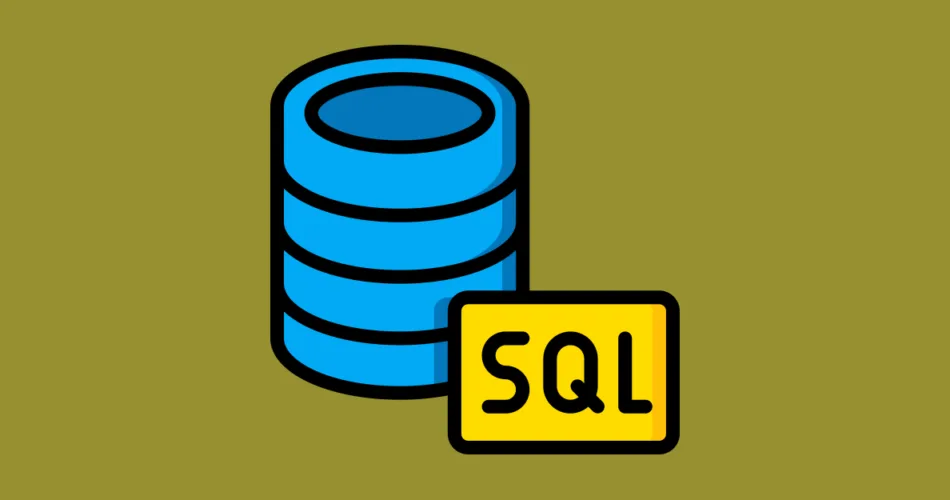Welcome to the world of Java Database Connectivity (JDBC), a powerful technology that allows Java applications to interact with databases seamlessly. JDBC serves as a bridge between Java programming and various relational databases, enabling developers to manage, manipulate, and retrieve data effortlessly. In this article, we’ll delve into the basics of JDBC in Java and explore its essential concepts and components.
Understanding JDBC: A Brief Overview
Java Database Connectivity, commonly referred to as JDBC, is a Java-based API that facilitates the interaction between Java applications and relational databases. JDBC plays a crucial role in enabling applications to perform various database operations such as data retrieval, insertion, updating, and deletion.
JDBC offers a standardized way to connect to databases regardless of the underlying database management system (DBMS). It provides a set of classes and interfaces that allow developers to write database-independent code, making it easier to switch between different database systems without significant code modifications.
Key Components of JDBC
JDBC comprises several essential components that collectively enable Java applications to interact with databases:
- Driver Manager: The Driver Manager class is responsible for managing a list of database drivers. It helps in establishing a connection to the appropriate database driver based on the JDBC URL provided.
- Driver: The Driver interface defines the methods that must be implemented by each database driver. It acts as a bridge between the Java application and the specific database system.
- Connection: The Connection interface represents a connection to a specific database. It provides methods for creating statements, committing transactions, and managing the connection.
- Statement: The Statement interface is used to execute SQL queries against the database. It supports both simple queries and parameterized queries.
- ResultSet: The ResultSet interface represents the result set of a query. It provides methods for iterating through the rows of the result and retrieving column values.
- PreparedStatement: The PreparedStatement interface extends the Statement interface and allows the execution of parameterized queries. It is precompiled and can be reused with different parameter values.
- CallableStatement: The CallableStatement interface is used to execute stored procedures in the database. It supports both input and output parameters.
- SQLException: The SQLException class represents an exception that occurs during database operations. It provides information about the error code and error message.
These components work together to provide a seamless and standardized way for Java applications to interact with databases.
Advantages of Using JDBC
JDBC offers several advantages that make it an essential technology for Java database interaction:
- Database Independence: JDBC allows developers to write code that is independent of the underlying database system. This means that you can switch between different databases without rewriting significant portions of your code.
- Security: JDBC provides secure and controlled access to databases. You can define user roles and permissions to restrict database access.
- Performance: JDBC offers efficient performance by using connection pooling and prepared statements. Connection pooling reduces the overhead of creating and closing connections, while prepared statements improve query execution.
- Scalability: With JDBC, applications can handle a large number of concurrent database connections, making it suitable for scalable and high-performance applications.
These advantages make JDBC a preferred choice for Java developers when it comes to working with databases.
Getting Started with JDBC
To begin with JDBC, you must follow these general steps:
- Load the Driver: Load the appropriate database driver using the
Class.forName()method. - Establish a Connection: Use the
DriverManager.getConnection()method to establish a connection to the database. - Create a Statement: Create a
StatementorPreparedStatementto execute SQL queries. - Execute Queries: Execute the desired SQL queries using the statement.
- Process Results: Process the results obtained from the queries using the
ResultSetinterface. - Close Resources: Close the connections, statements, and result sets when you no longer need them.
By following these steps, you can perform various database operations using JDBC.
Conclusion
In this article, we’ve introduced the fundamental concepts of Java Database Connectivity (JDBC). JDBC serves as a crucial technology that empowers Java applications to interact with relational databases in a consistent and efficient manner. By understanding the components of JDBC and its advantages, you equip yourself to explore more advanced topics and to build powerful database-driven applications using Java.
Subscribe to our email newsletter to get the latest posts delivered right to your email.


Comments